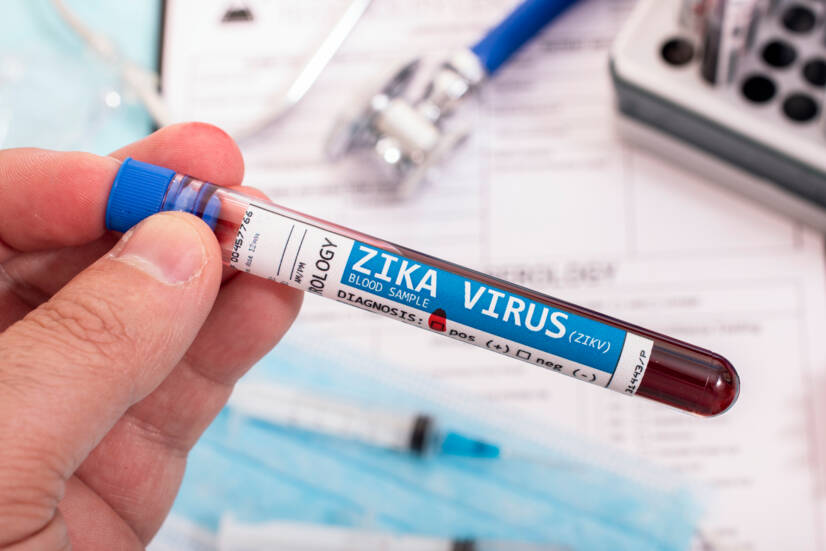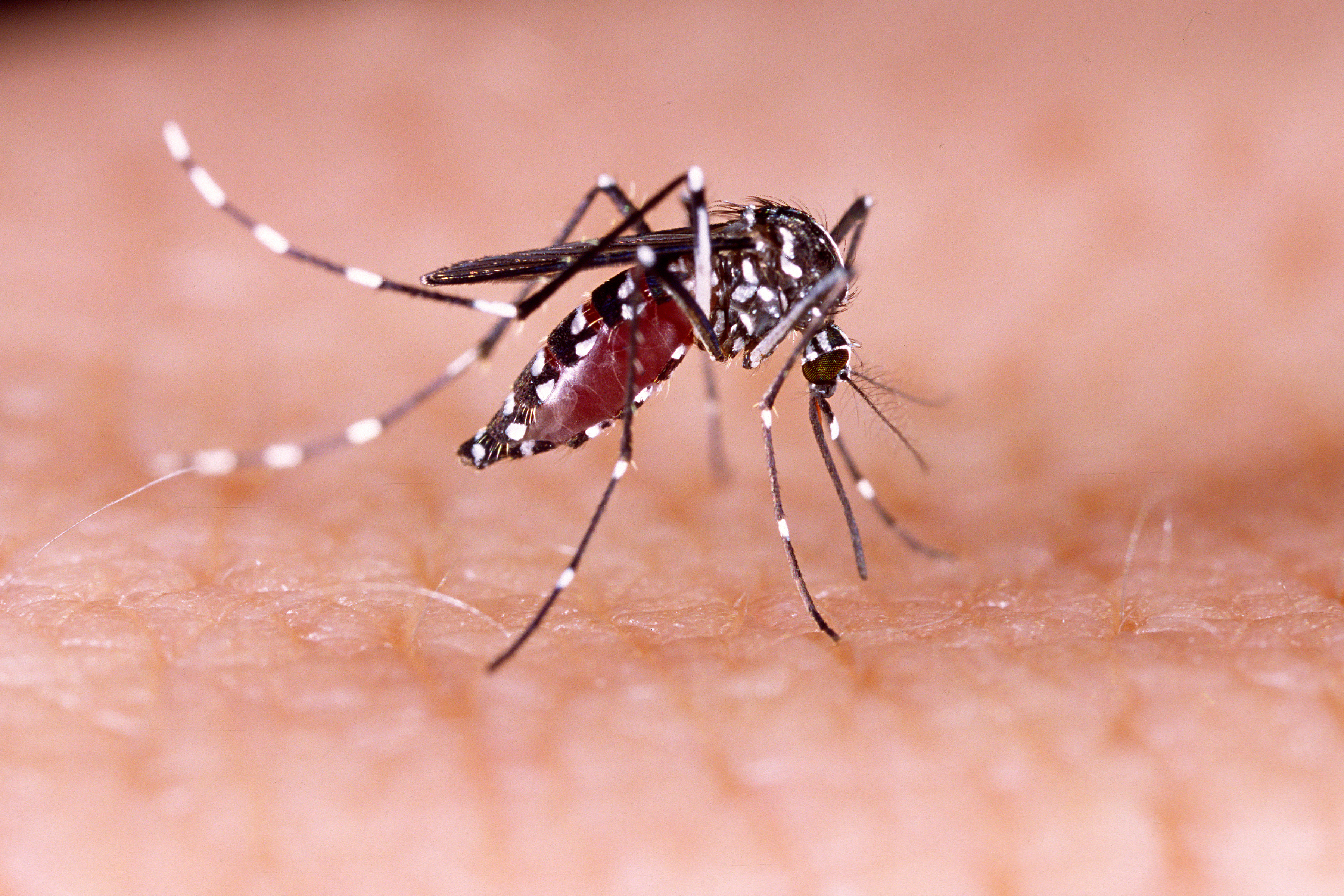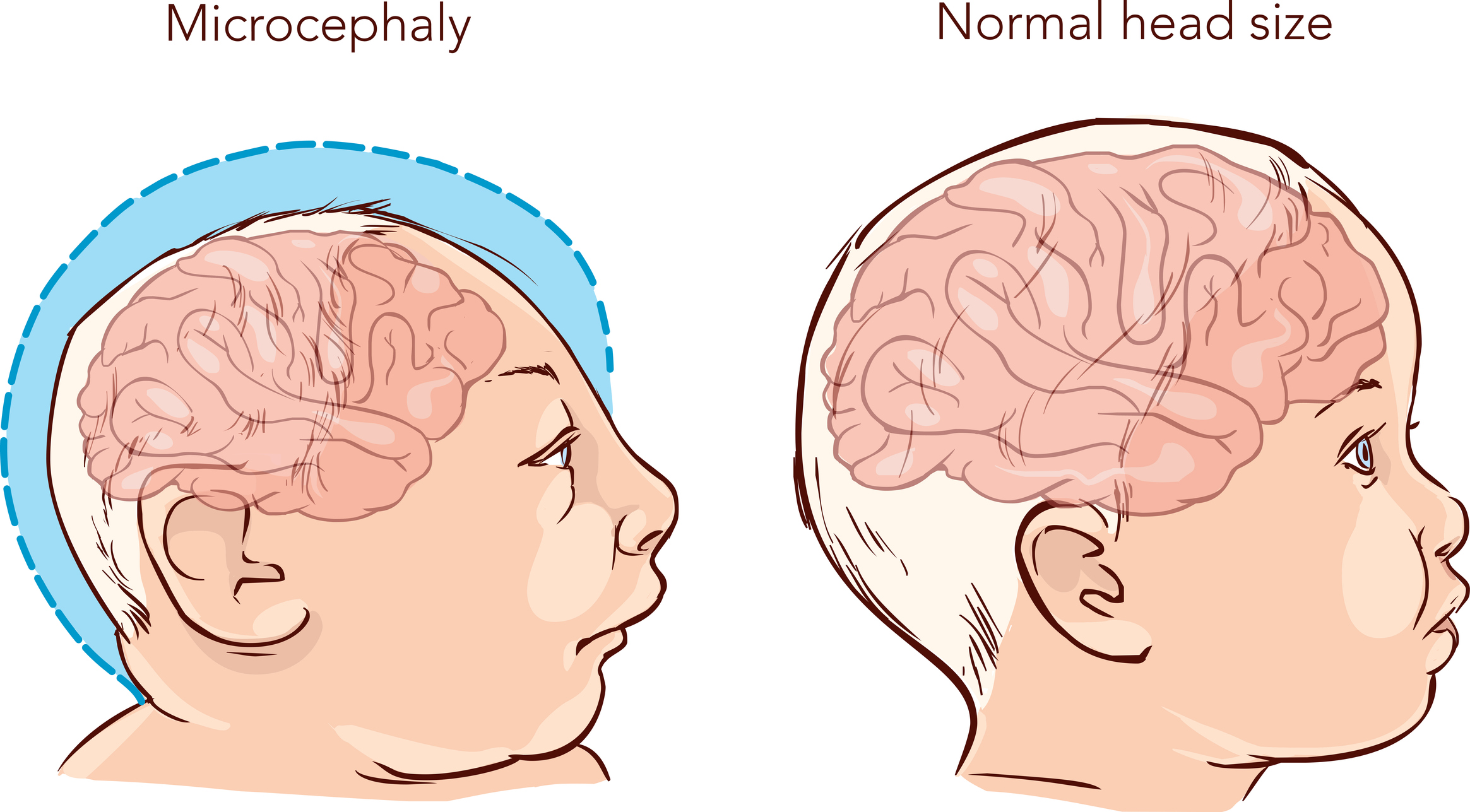- solen.cz - Practical information about Zika fever
- prolekare.cz - Zika virus has already been detected in the USA
- prolekare.cz - Zika virus - a threat to contemporary travel
- prolekare.cz - Risks of imported diseases for the Czech population
- prolekare.cz - Through the eyes of epidemiologists: the year with pandemics and what to take away from it for the future?
- npz.sk - Information about the Zika virus
- sciencedirect.com - Zika virus
- thelancet.com - First local cases of Zika virus in Europe.
Zika virus: what is it, how is it transmitted and what are the symptoms?

There's been a lot of talk about viruses lately. You know the Zika virus?
Most common symptoms
- Malaise
- Tremors
- Headache
- Joint Pain
- Muscle Pain
- Increased body temperature
- Fever
- Fatigue
- Redness of the conjunctivae
- Winterreise
Characteristics
The first cases of mass infection were recorded in 2007 in Micronesia. The epidemic lasted (compared to the current coronavirus epidemic) for a relatively short period of time. It lasted only three months.
In 2013, another Zika virus epidemic was reported in French Polynesia. In late 2014, cases were reported from Brazil.
Zika virus is now mainly found in Africa, the Americas, Asia and the Pacific region. Isolated cases have also been reported in countries of the European Union.
Did you know that....
The World Health Organization declared the Zika virus a public health emergency of international concern on 1 February 2016. This status lasted until the end of 2016.
According to the World Health Organization, infection with the Zika virus is classified as a potentially pandemic disease.
Other such diseases include:
- hcikungunya fever
- cholera
- influenza
- meningitis
- haemorrhagic fevers (Ebola, Lassa, Marburg, Rift Valley, yellow fever)
- hendra virus infection
- MERS-CoV
- monkeypox
- Nipah virus infection
- plague
- SARS
- tularemia
- smallpox
What are the factors involved in a pandemic?
1. World population growth
It is predicted that by 2050, approximately 66% of the world's population will live in cities. Currently, this figure is 54%. It is predicted that up to 90% of the urban population will live in Asia and Africa. This means in tropical or subtropical areas.
This population structure is one of the most serious risk factors for the spread of disease. These areas have poor infrastructure, poor health systems and high levels of poverty.
Such conditions are therefore an ideal environment for the spread of viruses.
2. Travel
We live in a time when we can decide to be in Africa one day and be there the next. We can get to the other side of the world faster than the incubation period of some infectious diseases.
The number of travellers is expected to double in 20 years. This increased number of travellers will be driven mainly by the Asian population. Events such as the Olympic Games and other sporting championships play a significant role in terms of human mobility.
In Brazil, for example, the Zika virus spread at the time of the World Canoe Championships, an event that was attended by athletes from French Polynesia, where the Zika virus was present at the time.
The virus subsequently spread to South America, Haiti and the Caribbean.
3. Animals
It is estimated that up to 61% of the 1415 species of known infectious pathogens are pathogenic to humans. These infectious pathogens are transmitted to humans from animals.
Interestingly, more than 1000 species of animals can be infected with influenza virus.
4. Climate change
Climate change affects human health in two ways:
- Directly - altered weather conditions (e.g. heatwave collapses or flood injuries).
- Indirectly - changes in the quality and quantity of food and water, changes in air quality, changes in ecosystems, changes in agriculture and livestock, changes in living conditions and human settlement
The impacts of climate change on the health of European populations have been shown to be significant. Examples include changes in the geographical distribution of some infectious disease vectors (ticks, some mosquito species).
Causes
This genus also includes yellow fever, dengue, Japanese encephalitis, West Nile and tick-borne encephalitis viruses.
The Zika virus is phylogenetically divided into three lineages:
- 2 African (East African and West African).
- Asian lineage - only this lineage is associated with cases of congenital changes in humans (microcephaly)
Zika virus is transmitted to humans by the bite of an infected mosquito, most commonly the Aedes aegypti mosquito.
It is relatively small compared to other mosquitoes (3 to 4 mm in body length) but very striking in appearance. It has a dark colour and a typical white pattern on its chest. It has white rings on its legs.

The Aedes aegypti mosquito can live for up to several months. Unlike other mosquitoes, it lays its eggs strategically apart. In this way, it is sure to expand its territory.
The male does not have the ability to suck blood. It feeds only on nectar. For this reason, the female is the vector.
Did you know that...
This species of mosquito is only found within 90 metres of human habitation. It moves very quickly and is almost inaudible to humans.
The viruses that this mosquito carries include:
- Zika virus
- yellow fever
- dengue fever
- chikungunya fever
Other possible routes of transmission of the zika virus include:
- sexual contact
- mother-to-child transmission via the placenta
- mother-to-child transmission at birth
- blood transfusion
Symptoms
Approximately 80% of those infected do not show symptoms of Zika virus infection. The remaining 20% of those infected may have flu-like symptoms.
Symptoms last 2 to 7 days.
Symptoms of Zika virus infection include:
- Elevated temperature (<38.5 °C)
- malaise
- joint pain (arthralgia)
- swelling of the smaller joints in the hands and feet
- muscle pain (myalgia)
- skin rashes spreading from the face to the body
- conjunctivitis

Complications include neurological problems:
- meningitis
- inflammation of the brain and meninges (meningoencephalitis)
- inflammation of the spinal cord, bone marrow (myelitis)
- severe autoimmune complications (Guillain-Barré syndrome)
In 2013-2014, seven countries (Brazil, Colombia, El Salvador, Suriname, Venezuela, French Polynesia) reported an increased number of cases of microcephaly and/or Guillain-Barré syndrome concurrent with the Zika virus epidemic.
Read also:
Diagnostics
Diagnosis of Zika virus infection consists of:
- detection of specific IgM antibodies in serum
- detection of Zika virus nucleic acid from the sample
- isolation of Zika virus from the sample
- detection of Zika virus antigen from the sample

Course
Most patients will not develop symptoms of Zika virus infection. A small group of patients will develop flu-like symptoms.
Symptoms persist for 2 to 7 days in most cases.
Zika virus and pregnancy
If infection with the Zika virus occurs during pregnancy, there is an increased risk of developmental defects (microcephaly).
Microcephaly is manifested by a head circumference of less than 31 cm in the neonatal period. This phenomenon is associated with premature cessation of brain growth in children.
The riskiest period is considered to be the first and second trimesters of pregnancy. During this period, the presence of the Zika virus leads to impaired child development.

Prevention
Prevention from infection includes the following steps:
1. Being in the right place at the right time
The mosquitoes that transmit the Zika virus are most active at dawn and sunset. Therefore, the most ideal time to be outdoors is during the day. But even in this case, the principle of being cautious at all times applies.
2. Appropriate clothing
A traveller in risky countries should take care to avoid skin contact with mosquitoes. Suitable clothing includes long-sleeved shirts, long trousers, hats and sturdy shoes.
3. Protective nets for windows and doors, mosquito nets.
Window and door screens are among the simplest ways to protect against mosquitoes. For a safe and undisturbed sleep, it is recommended to use mosquito nets on the bed. If you stay in risky areas, their use is an unwritten obligation.
Different types of mosquito nets are available on the market:
- Personal mosquito nets - for hat
- Bed mosquito nets - to hang on the bed
4. Repellents
One effective preventive measure is the use of repellents. These should contain 30% of the active ingredient DEET.
5. Safe sex
More than 2 weeks after recovery from the disease, viable Zika virus has been detected in semen.
So far, 2 confirmed cases of sexual transmission have been reported. This suggests that the Zika virus can also be transmitted through sexual contact. Precautions therefore include protected intercourse using a condom.
If your partner has travelled to one of the countries at risk, you should have protected sex for 8 weeks.
If one of the partners has developed symptoms of Zika virus infection after returning from the risk country, it is recommended to have protected sex for up to 6 months after returning home.
How it is treated: Zika virus
How is Zika virus infection treated?
Show moreZika virus is treated by
Other names
Interesting resources
Related










